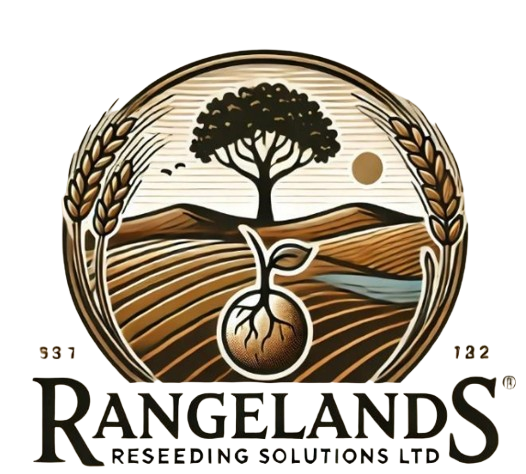Rangeland Restoration
Rangeland Restoration is focused on revitalizing degraded landscapes to improve soil health, restore natural vegetation, and support sustainable livelihoods. By combining traditional knowledge with modern techniques, we work alongside local communities to transform arid lands into thriving ecosystems that benefit both the environment and the people who depend on it.
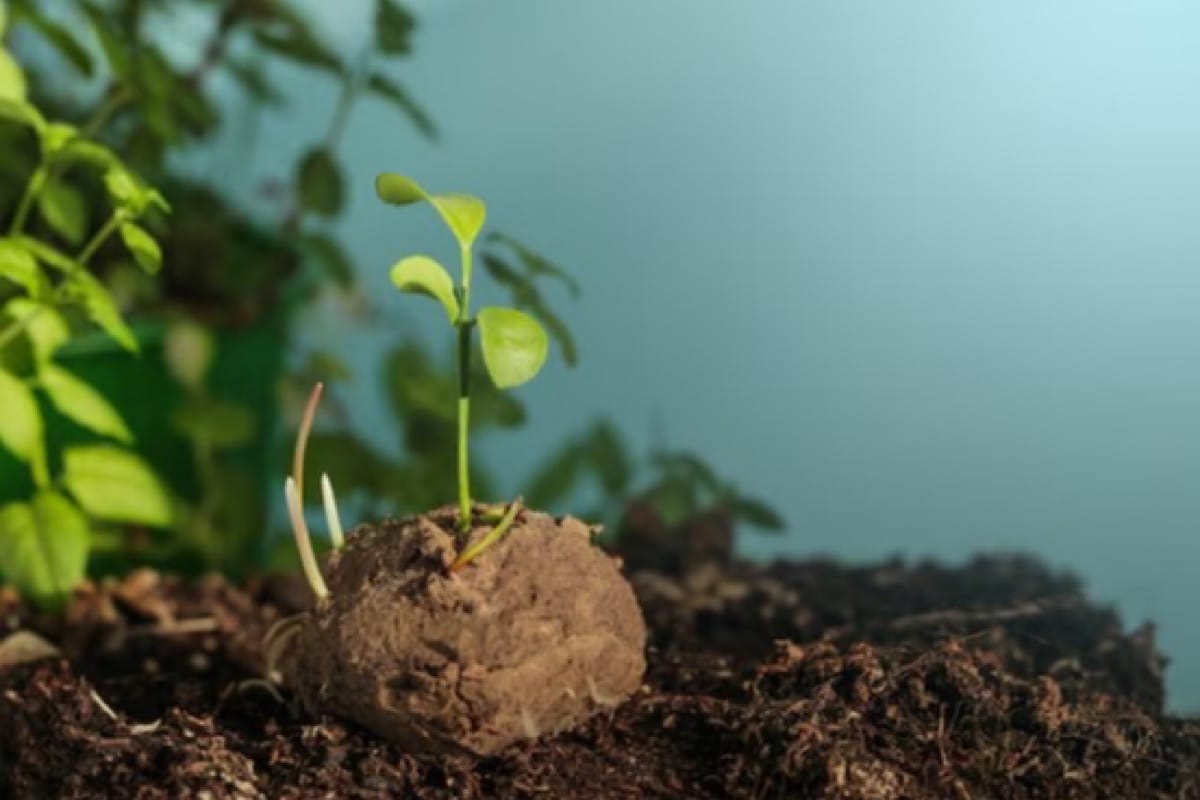
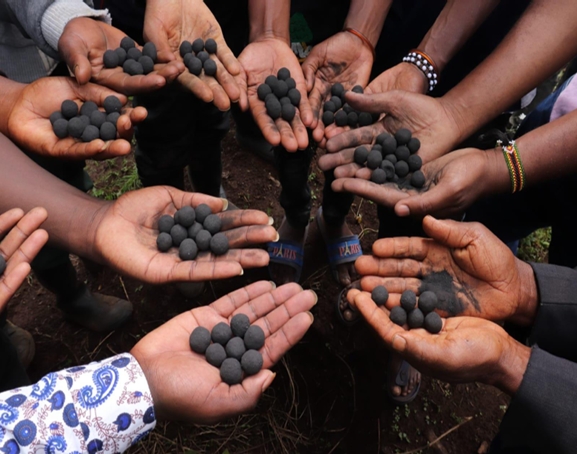
STEP 1
Comprehensive Assessment and Goal Setting
We start by assessing the land’s current condition through mapping, soil testing, and biodiversity surveys. This helps us set realistic goals, focusing on ecological, economic, and social impacts, while working with local communities and stakeholders.
STEP 2
Soil and Water Conservation
Improving soil health and water retention is essential for successful restoration. This is achieved by implementing a mix of traditional knowledge and modern techniques, such as terracing, composting, and constructing check dams to manage water flow. The chosen methods prioritize sustainability and are adapted to local environmental conditions to ensure long-term viability and minimal ecological impact.
STEP 3, 4 & 5
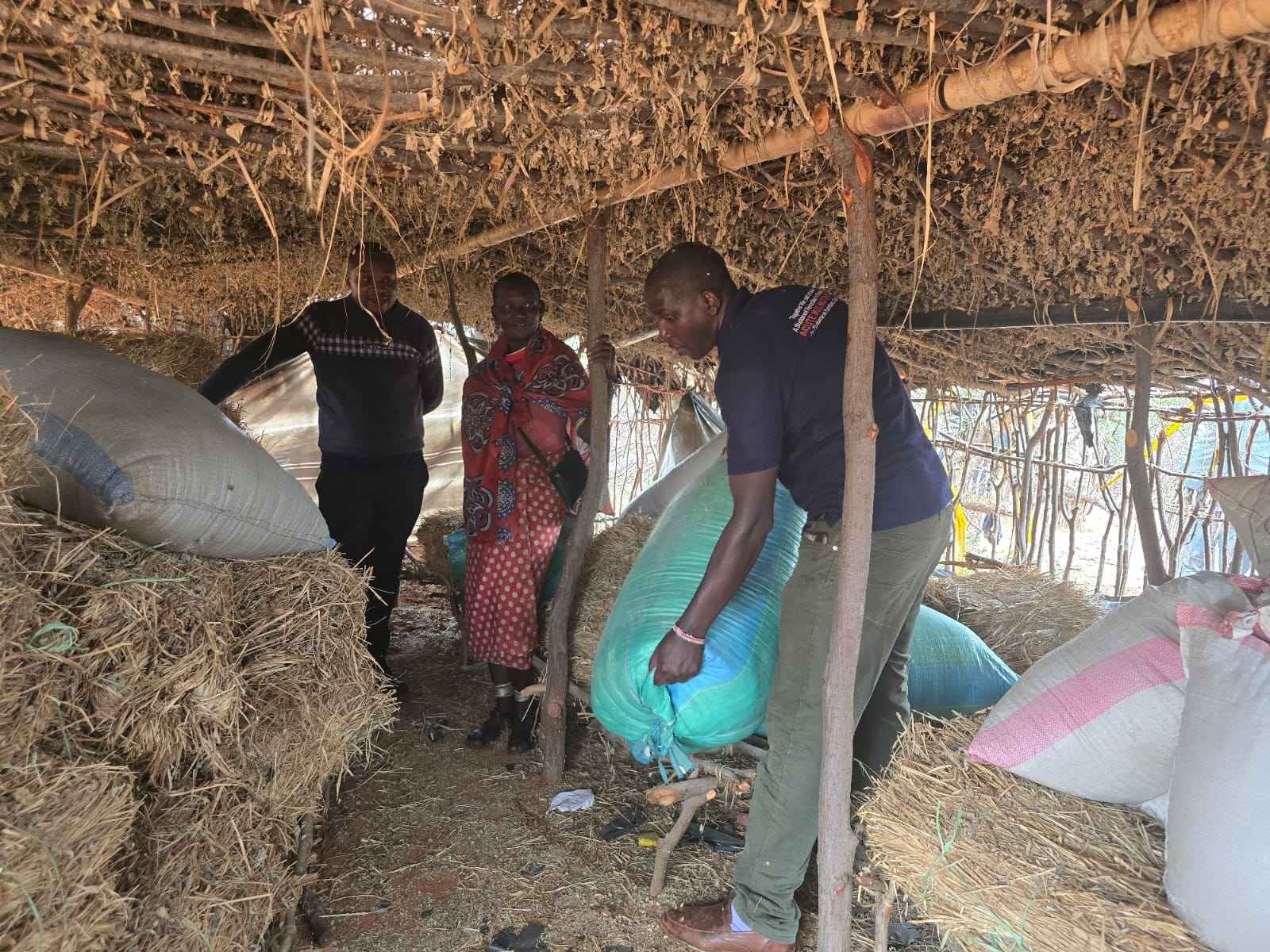
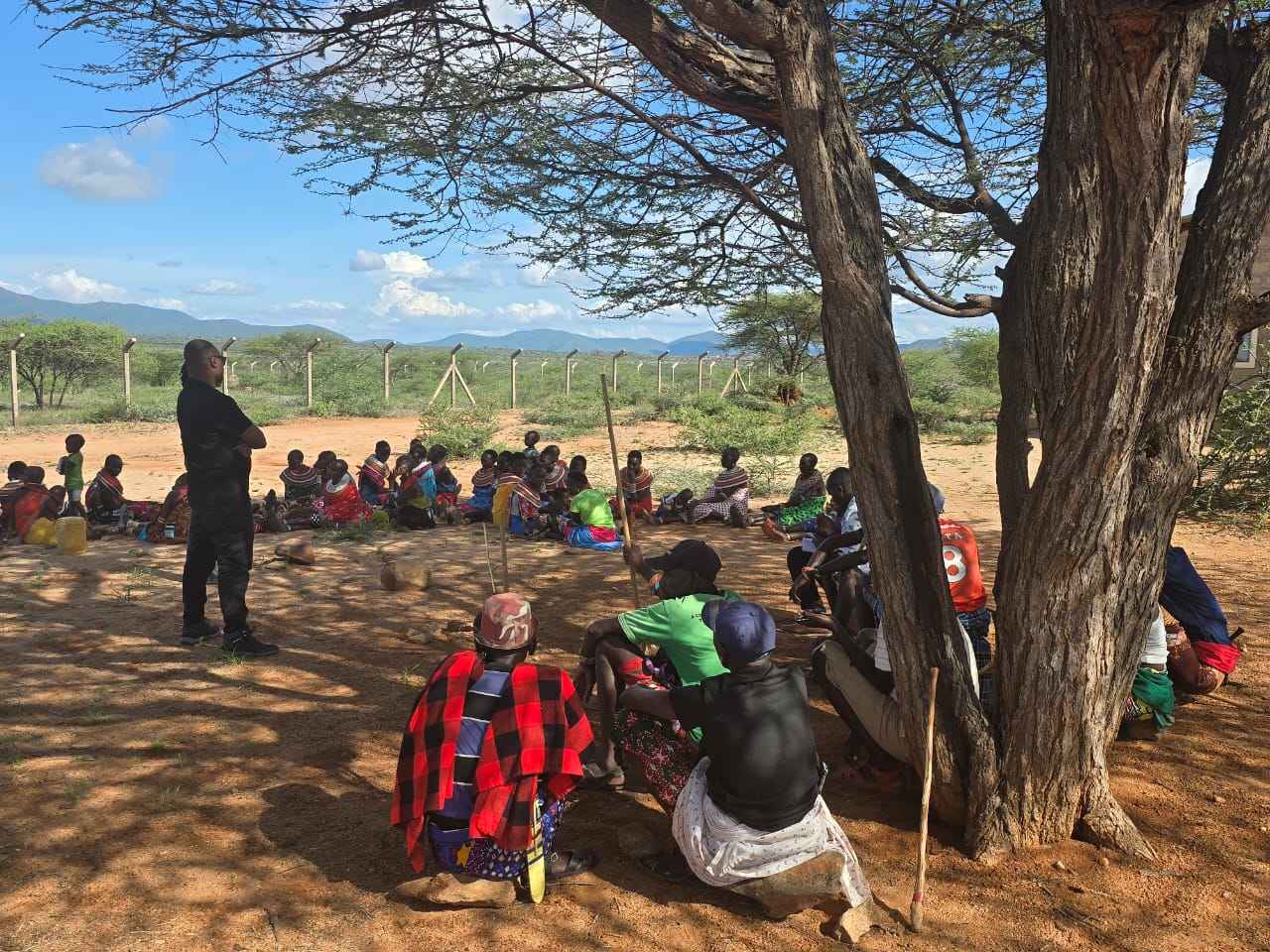
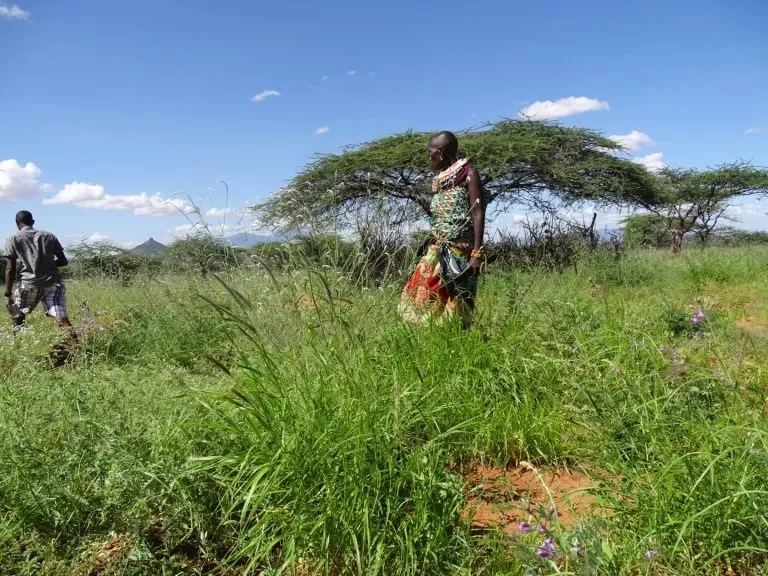
STEP 6
Sustainable Livelihoods and Economic Integration
Integrating sustainable livelihoods into the restoration project is key to its long-term success. Opportunities such as eco-tourism and agroforestry are explored to provide alternative income sources for the community. Efforts are made to help the community access markets for sustainable products, such as indigenous plant seeds or eco-tourism services, ensuring the economic viability of the restoration efforts.
Documentation and Knowledge Sharing
The process, challenges, and successes of the restoration project are thoroughly documented to create case studies. These Case Studies serve as valuable resources for other communities and stakeholders interested in rangeland restoration. Knowledge exchange between different regions engaged in similar efforts is facilitated to share best practices and innovations, helping to scale up successful strategies.
